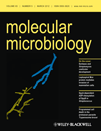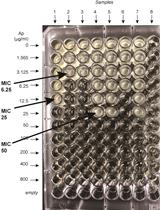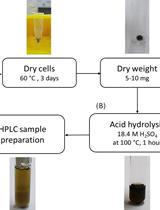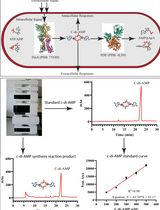Improve Research Reproducibility A Bio-protocol resource
- Protocols
- Articles and Issues
- About
- Become a Reviewer
Differential in vivo Thiol Trapping with N-ethylmaleimide (NEM) and 4-acetamido-4'-maleimidylstilbene-2,2'-disulfonic acid (AMS)
Published: Vol 2, Iss 20, Oct 20, 2012 DOI: 10.21769/BioProtoc.272 Views: 14792
How to cite
Favorite
Cited by














